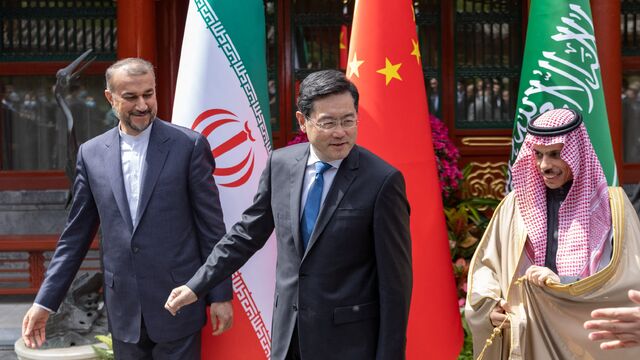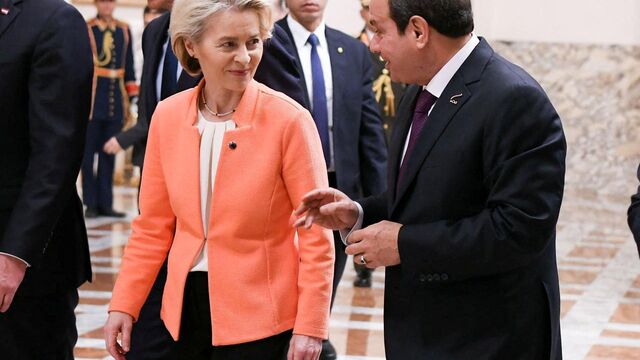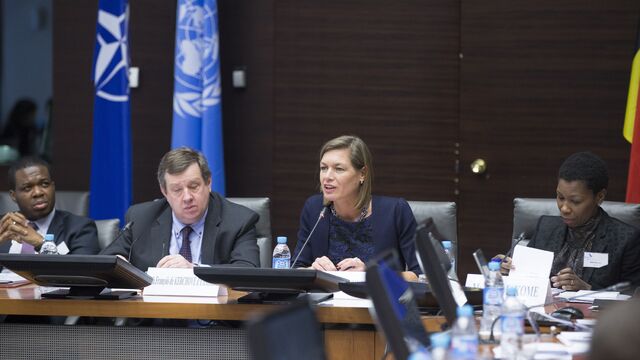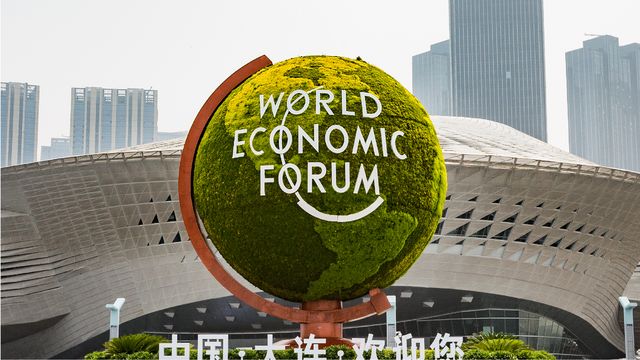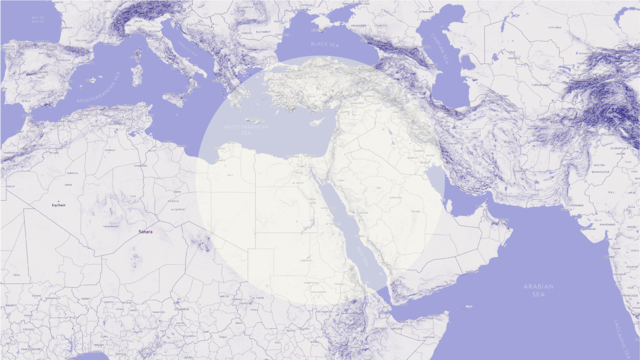Saudi Arabia’s Socio-Economic Development: Issues of Gender and State Identity

In April 2016, the launch of Saudi Vision 2030 was announced by the crown Prince Muhammad bin Salman as a development programme aimed at reducing the country’s dependency on oil rent. In fact, as the largest oil-exporter of the world, 30-40% of Saudi Arabia’s real GDP derives from oil revenues under the form of rent. Saudi rentier economy is therefore largely sustained by public expenditure, notably altering the fiscal function of the state, which establish itself as an allocative agent instead. By enhancing its distributive role, rentierism suppresses the need for democratization. The foreseeable decline in oil revenues and rent circulation has however exposed the vulnerabilities of a constant dependency on oil prices, highlighting the urgency of economic diversification, an issue that oil-based economies in the Gulf have been trying to address since the onset of oil production. The Saudi Vision 2030 aims at addressing such concerns though a plurality of programmes, investing different economic and social aspects of the country.
Oil and the gender question
The Saudi crown Prince and leader, saluted as a moderniser, recently inaugurated the implementation of gradual measures for liberalisation, privatization and modest political concessions aimed at easing the economy. Besides the economic necessities, these programmes also intended to respond to the country’s issues of international image, deriving from the legacies of 9/11 and the continuous violations of human rights. Particularly, criticism is often directed towards the juridical and social condition of Saudi women, embedded by the system of male guardianship and derived from the Wahhabi interpretation of the Quran. Despite the seemingly modernizing approach undertaken by the crown Prince, and the acknowledgement of women as assets for development goals for 2030, real steps towards the alleviation of gender discrimination might be much harder to achieve. Wahhabism and the survival of tribal relationships are insufficient alone to explain the constraints to women’s emancipation. In Saudi Arabia, the state is a critical actor, and religion, tradition and Rentierism intertwine in the definition of its identity.
While certainly Rentierism deeply affected the political life of Saudi citizenry, oil further contributed to the crystallization of women’s role in their society. In fact, oil revenues allowed the state to implement religious and tribal dogmas concerning gender roles and the strict separation of sexes. Thus, if rent made possible the introduction of mass education for women, it also created the economic conditions for sex segregation in schools. Similarly, the state’s extraordinary wealth and the employment of 2/3 of the male population in the public sector, also eliminated the necessity for female contribution to the labour force, relegating them to recipients of financial support from men and the state. As a result, Saudi Arabia well represents the ‘gender paradox of the Middle East’ (World Bank): while women constitute over 50% of university graduates (as mentioned by Vision 2030), in 2017, only 22% of the female population had entered the workforce.
Guardianship and economic transformations
Unemployment is perceived as a critical factor of the diversification programme, given Saudi Arabia’s growing and extremely young population. Relatively, the Ministry of Labour has been pursuing in the last decade a policy of Saudization of the work force, considered essential with regards to the needed expansion of the private sector, were it to compensate for the gradual reduction of the public one. However, the implementation of possible measures might contrast with the enforcement of the guardianship, thus impacting on their condition. The recent lifting of the ban on women driving constitutes a good example of the matter. The reason for its pronunciation in 1957 is represented by the Wahhabi-inspired law forbidding women from travelling alone. Consequently, over 1.38 million foreign drivers are employed today in Saudi households. However, their hiring represents a considerable economic burden on Saudi families, hence further preventing women access to job opportunities. Thus, allowing the permission to women to drive is expected to raise their employment to 30%. The lifting of the ban, officially enforced on June 24th, 2018, might represent for some an example of the economic and social changes required to Saudi society to allow women’s emancipation. There is, however, a mistake in such consideration: when present, Saudi plans for female inclusion are an unavoidable consequence of economic adjustments, rather than their cause. The aspect worth stressing is that the Saudi government’s proposals for modest improvements does not stem from societal changes, but out of economic necessities. As a consequence, such transformations carry considerable limits. The diversification of Saudi economy, as depicted in Vision 2030, would already require radical shifts in the country economic and fiscal structure, most likely impossible to be reached in ten years. Furthermore, progress in women’s rights would require the creation of an educational background, now completely absent, and that could not be entirely explained by economic gains. Nevertheless, a larger problem is represented by the preservation of a state identity based on Wahhabi nationalism, adopted in absence of an anti-colonialist legitimacy. Therefore, while Muhammad bin Salman’s modernizing attempts would be in part supported by Saudi elite as part of compelling economic measures, it is unlikely that the female question would be pursued if clashing with the state identity structure.
Conclusion
Finally, although appreciable, the crown Prince’s resolutions in favour of women, as well as the vague promises of Vision 2030, still represent a confirmation of the paternalistic and patriarchal nature of the Saudi state. Last August, guardianship was partially alleviated as Saudi women were legally allowed to travel without the permission of a male relative. However, such revolutionary move was also preceded by the arrest and torture of at least 14 defenders of women’s right. What is reinforced, is then the concept that in Saudi Arabia, liberties are not to be demanded through activism or political participation, but to be received as generous concessions, coherently with its rentier character. As a result, many women regard at state patriarchy as a mediator for religious and social restrictions. In conclusion, the transition to a post-oil economy would require deep structural changes, to which the condition of women is supposed to evolve accordingly. Even in the distant prospect of a post-rentier and still wealthy Saudi Arabia, what is to be seen is how the state will appease its authoritarian and religious identity with the taxation of its citizens and the major inclusion of women in the labour force. Thus, doubts remain on the government’s willingness to introduce political and civil rights as a consequence of the desired economic transformation, or if it would maintain its role of father and master.
Sources:
HERTOG, Steffen – “What Would the Saudi economy have to look like to be post rentier?”, The project on Middle East Political Science.
AL-RASHEED, Madawi (2013) – “A Most Masculine State”, Cambridge University Press.
HVIST, Martin (2018) – “The role of women in the new Saudi Arabian economy”, Videnscenter om det moderne Mellemøsten.

